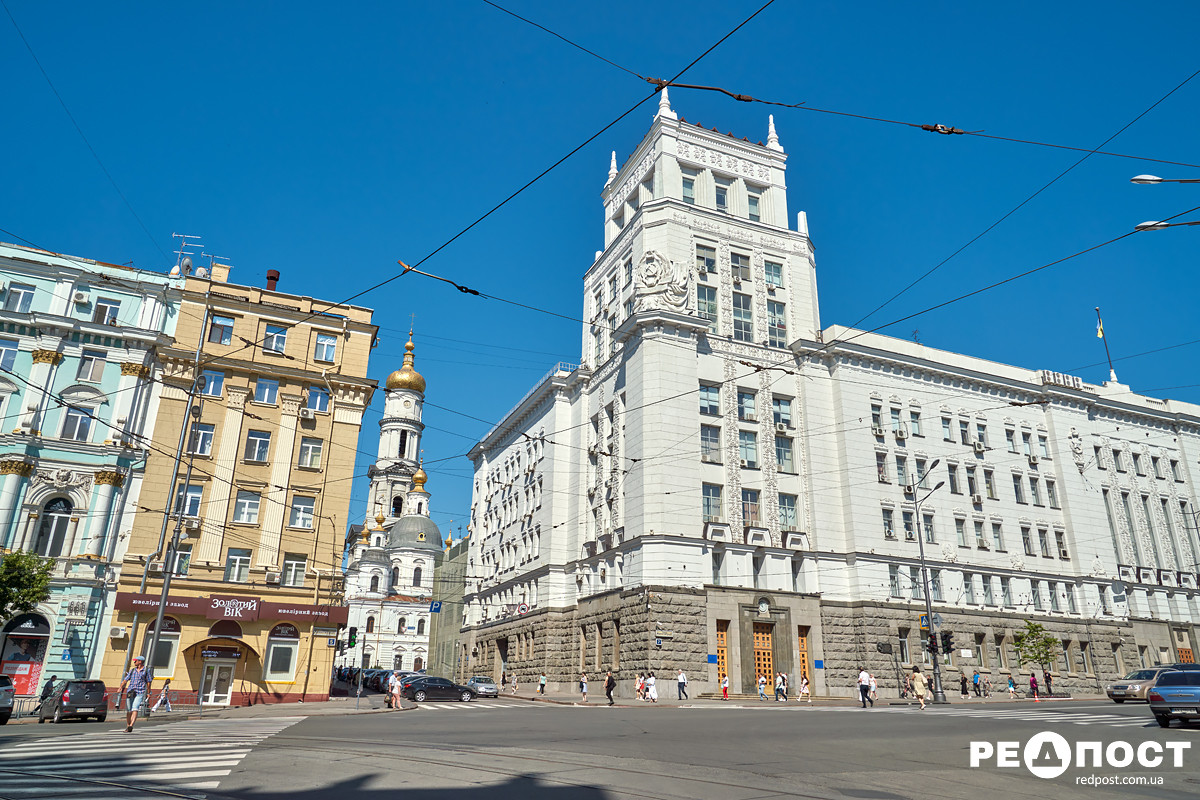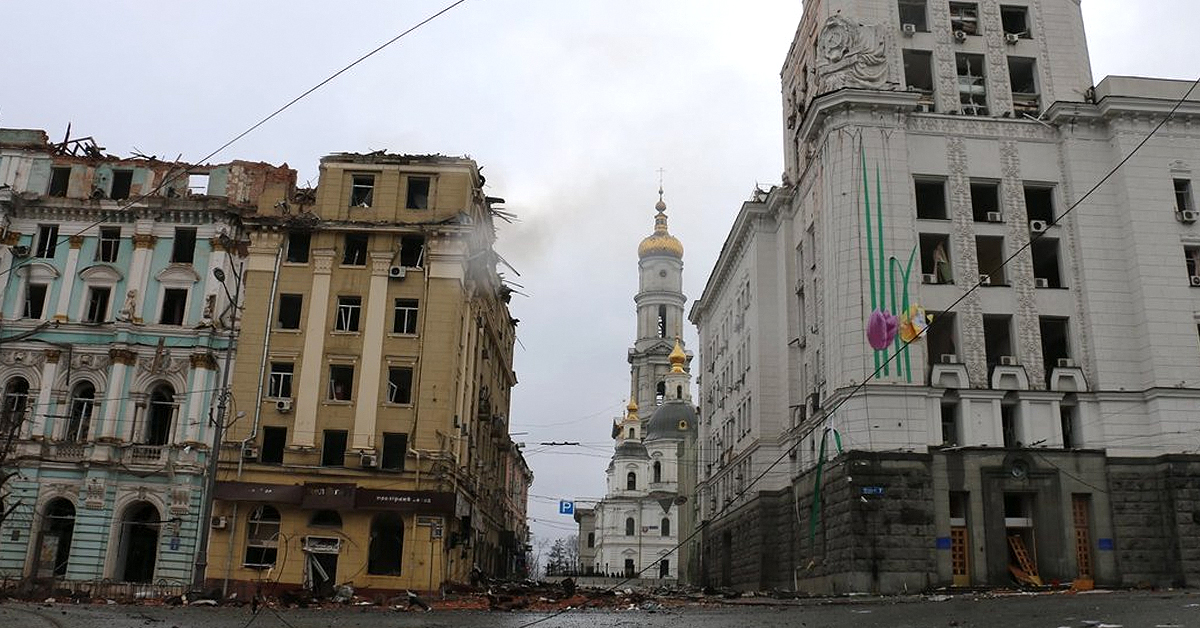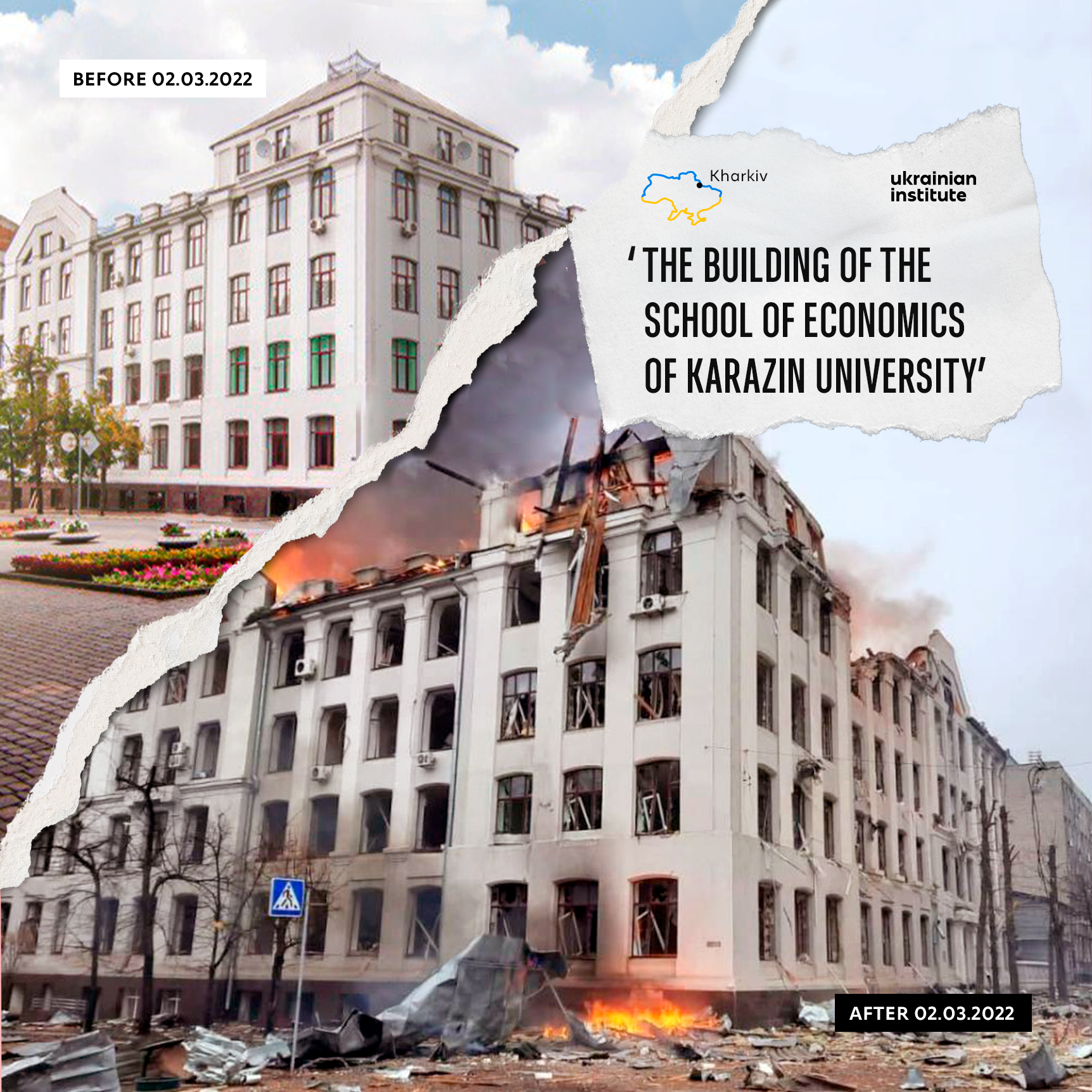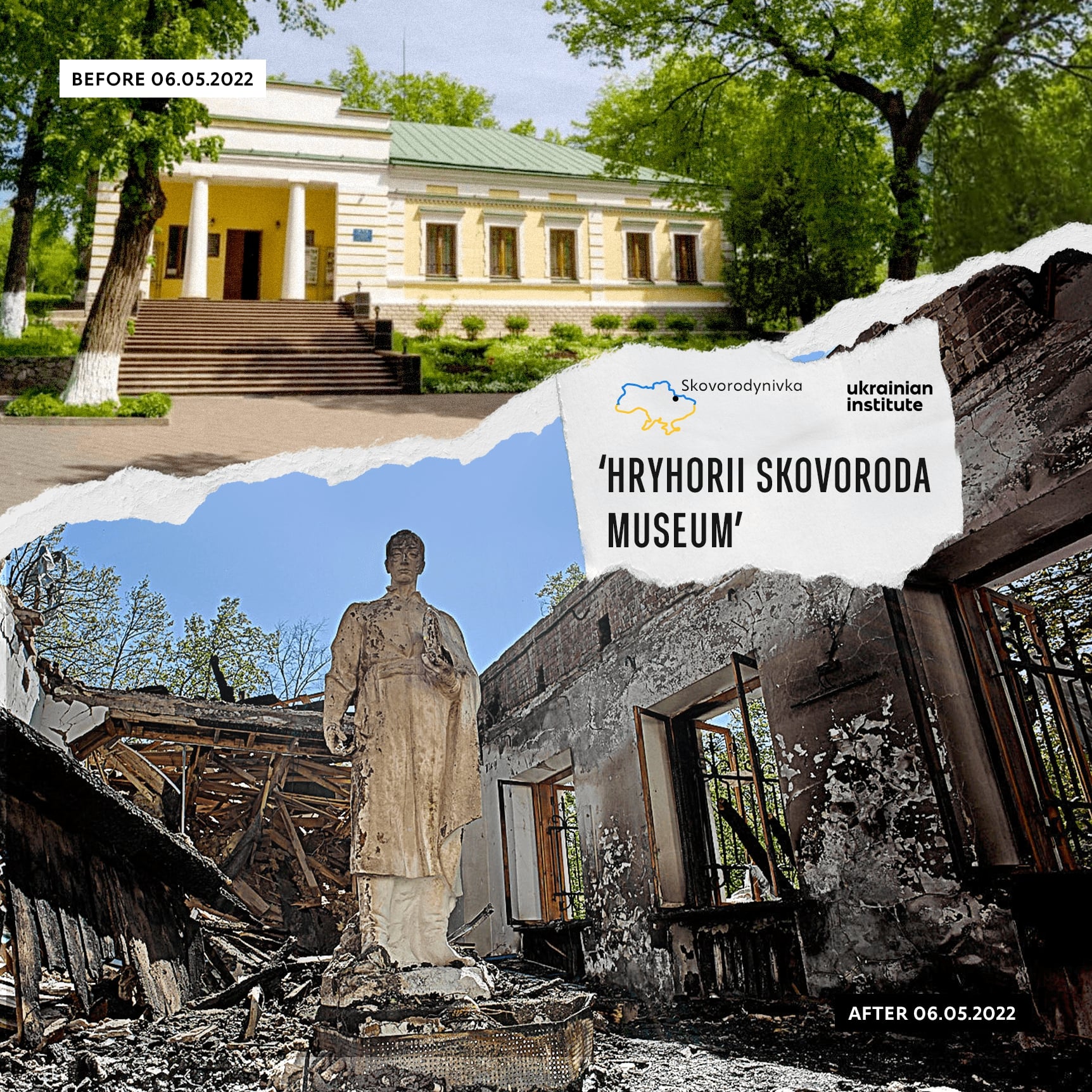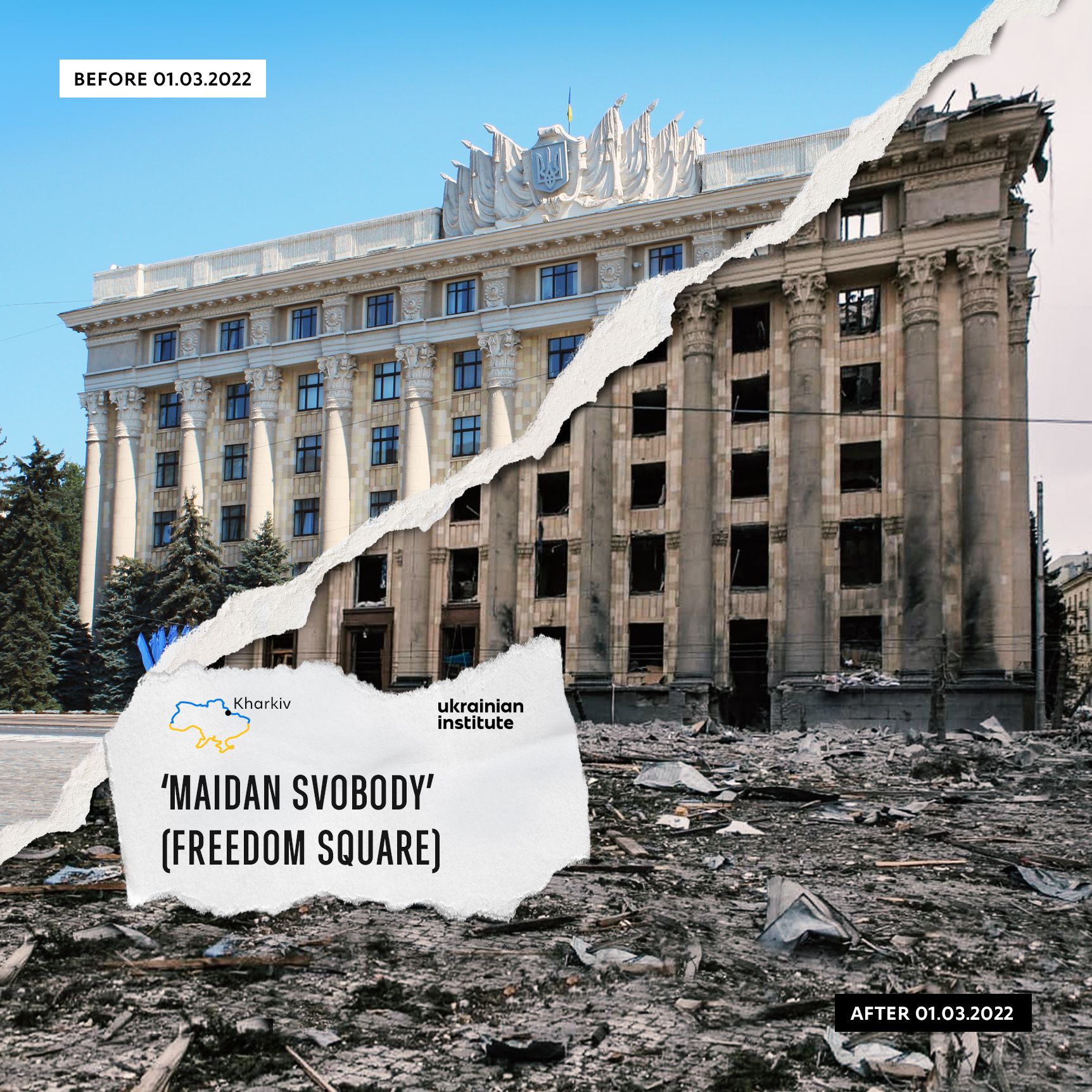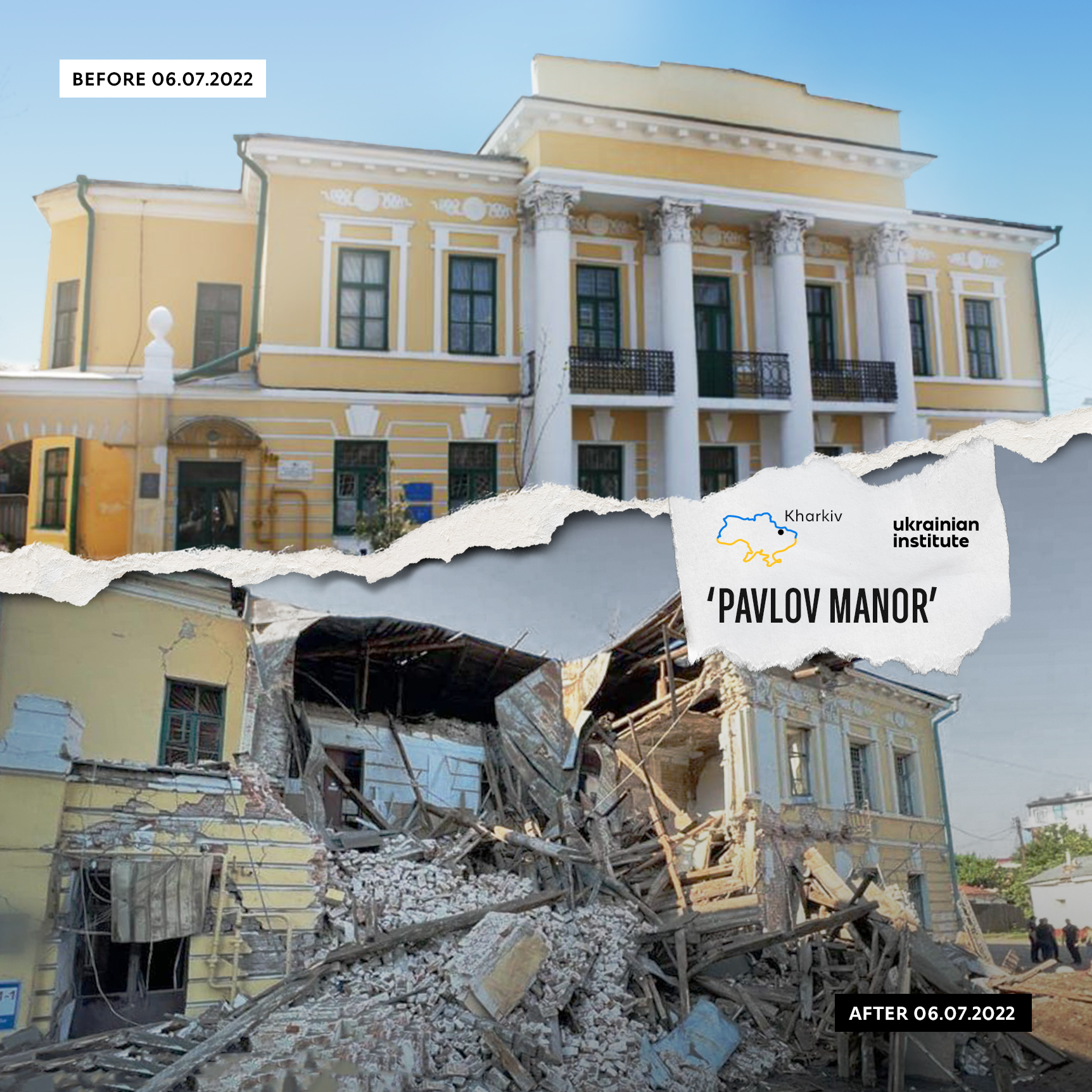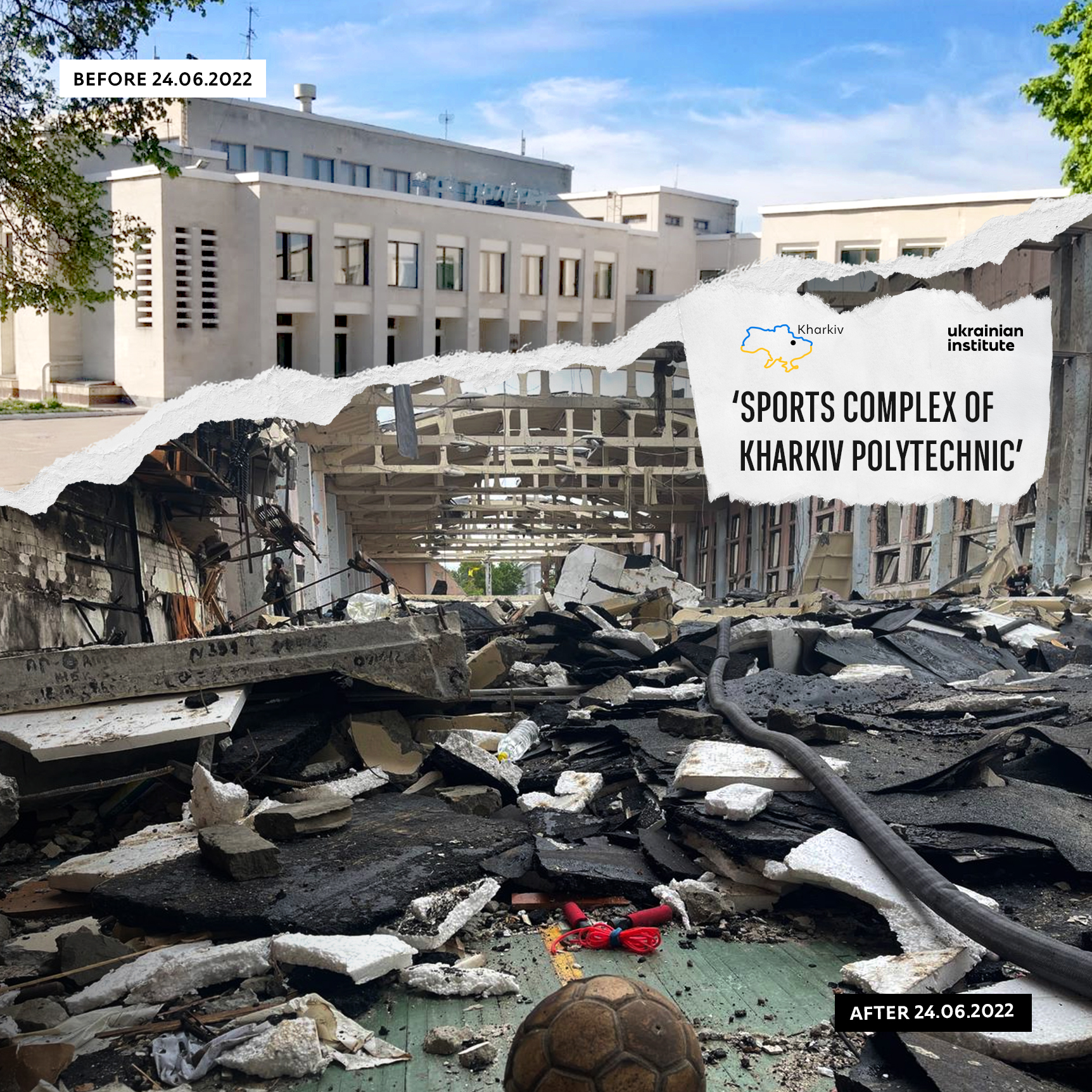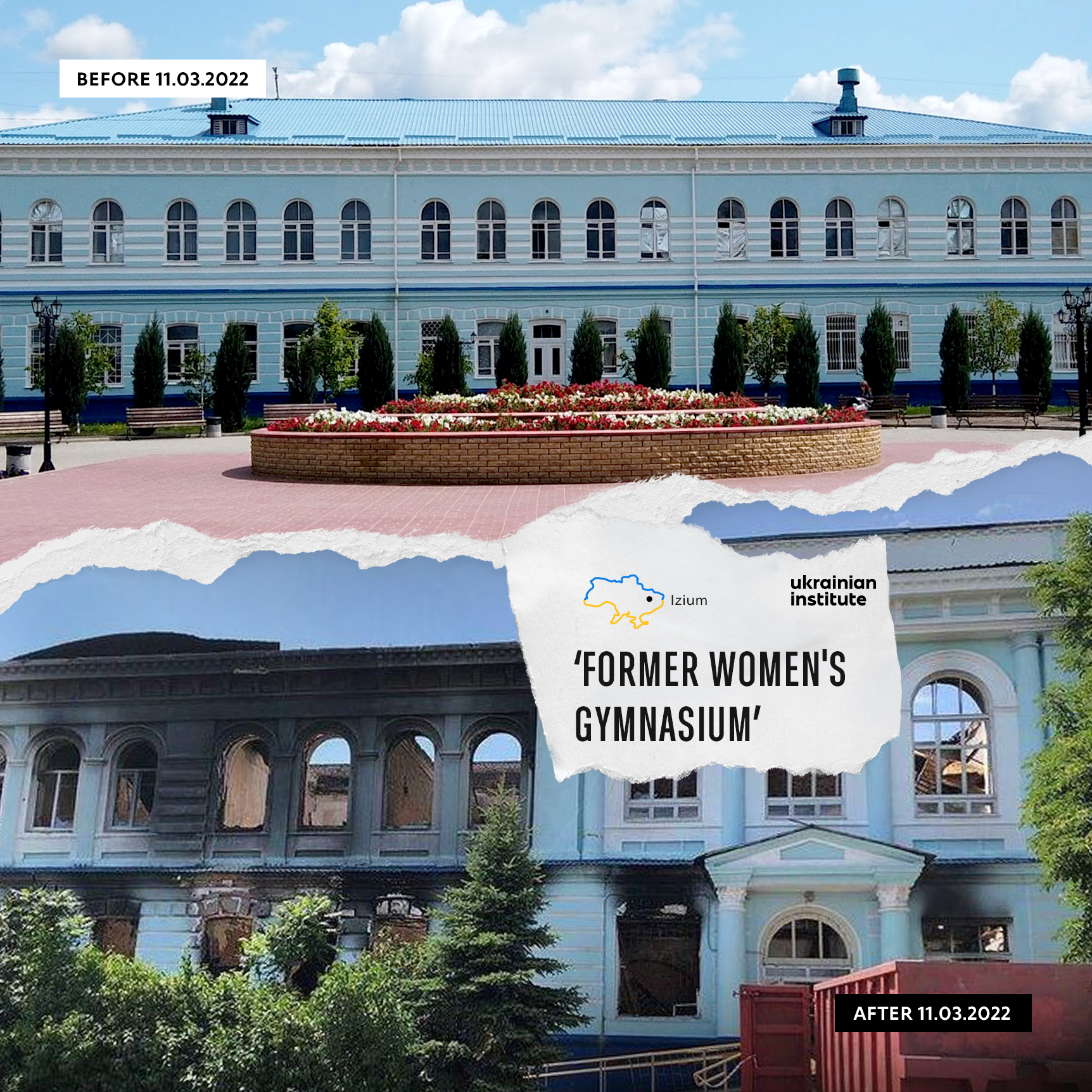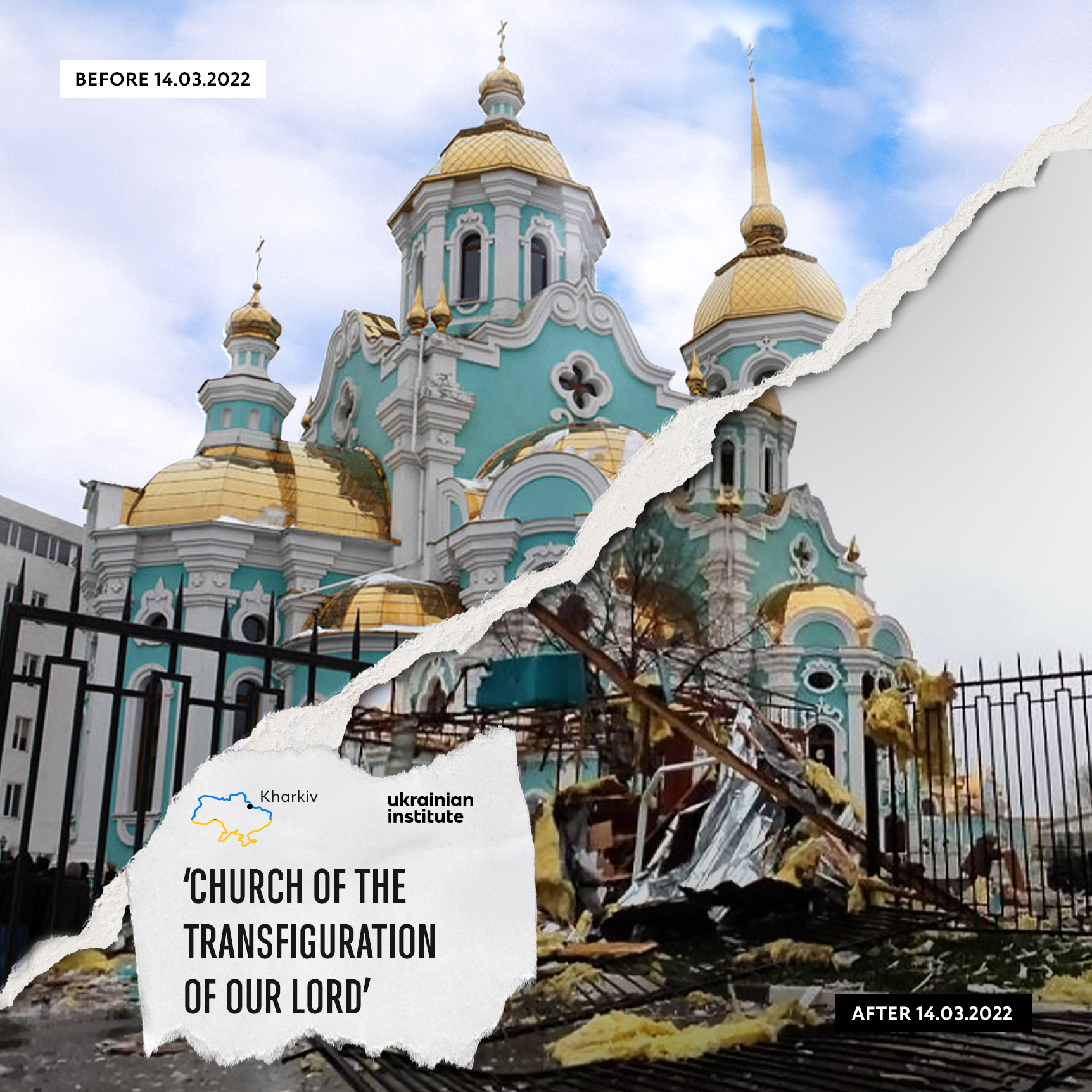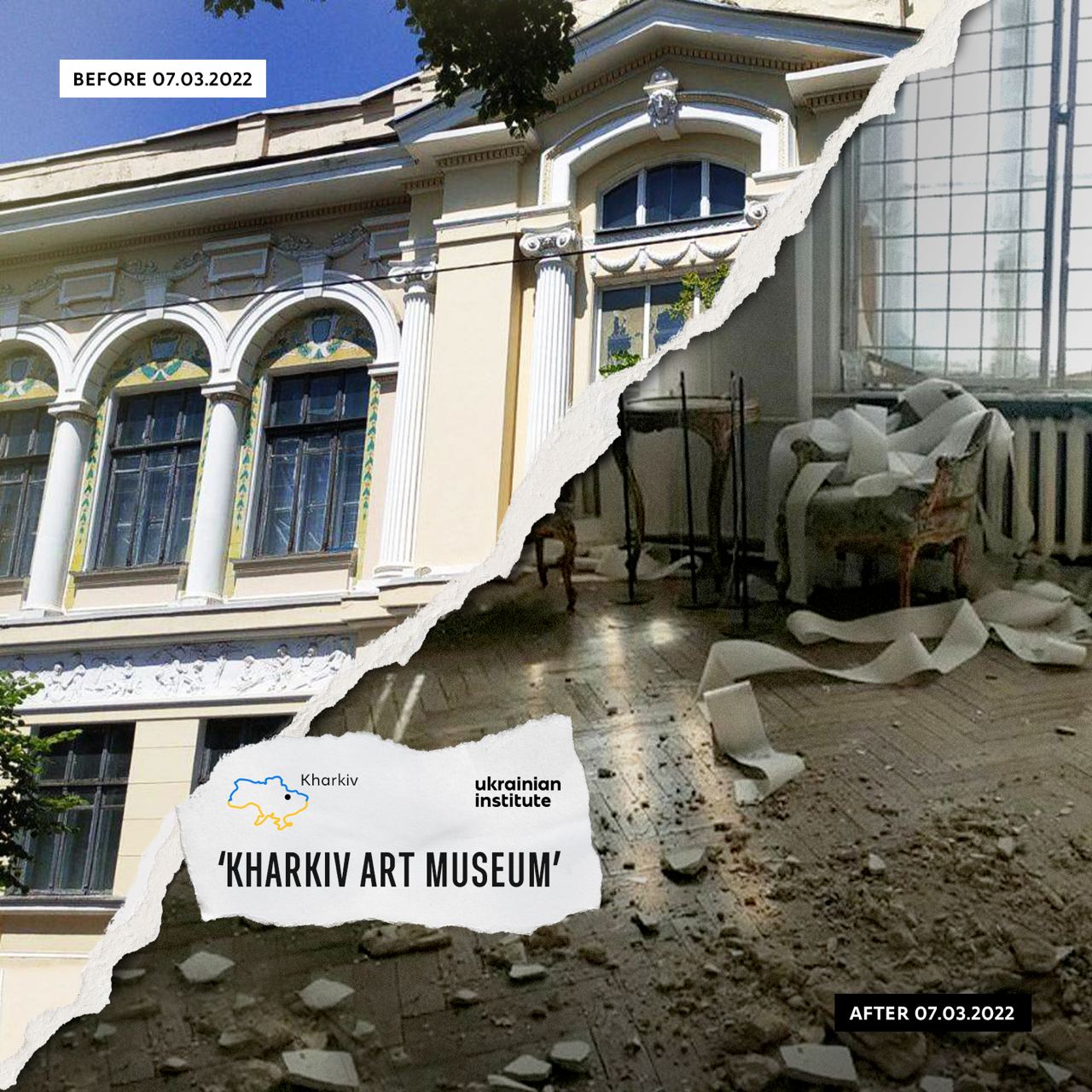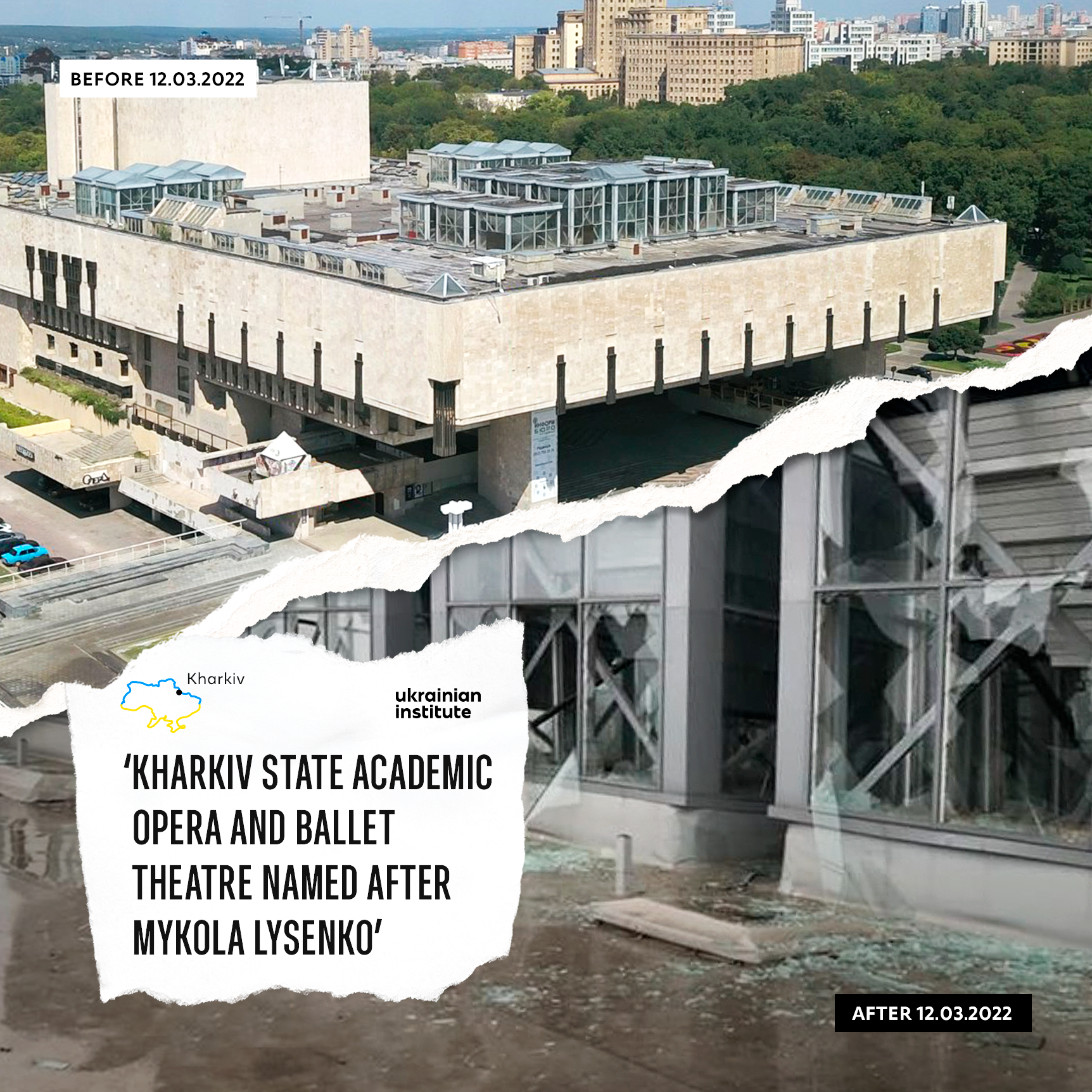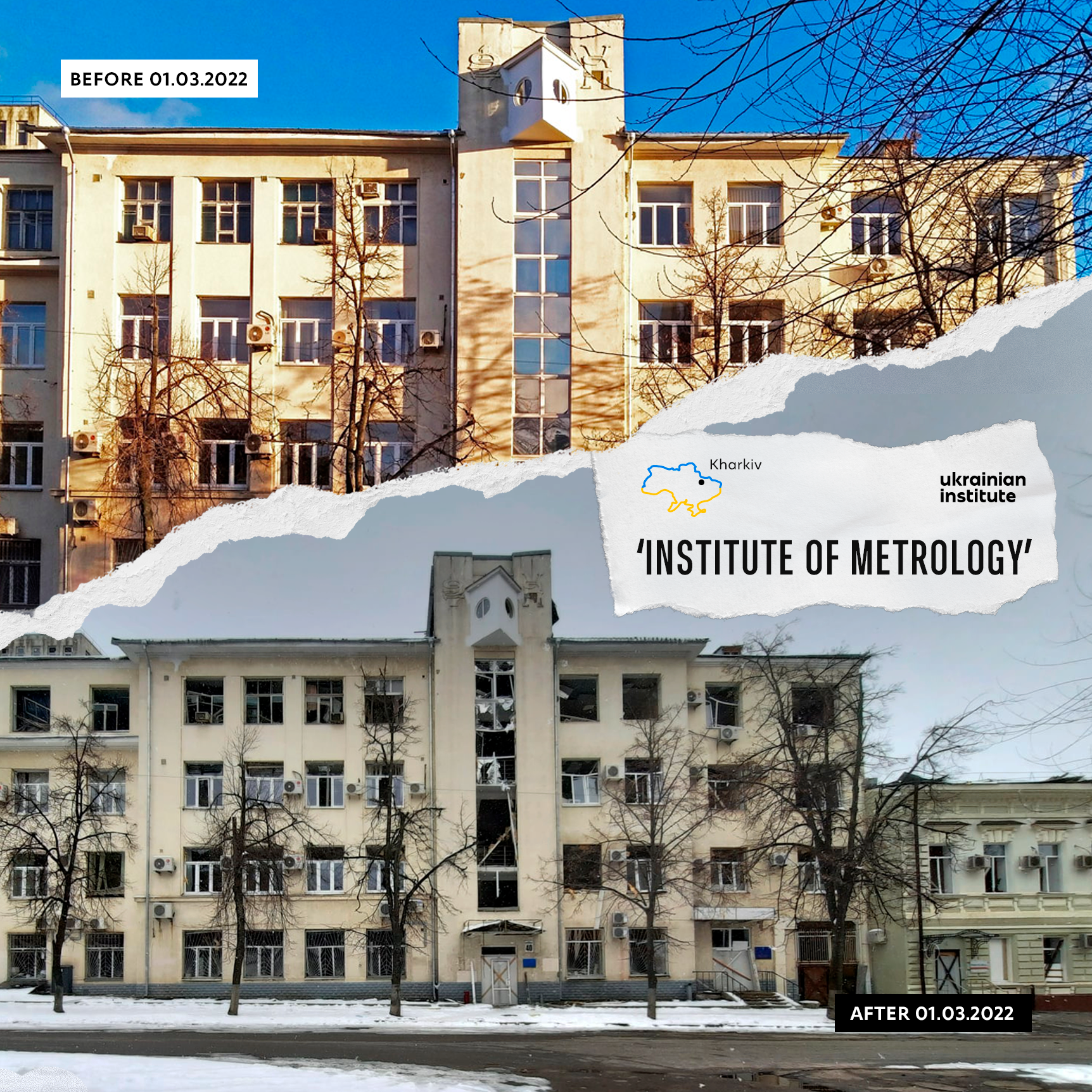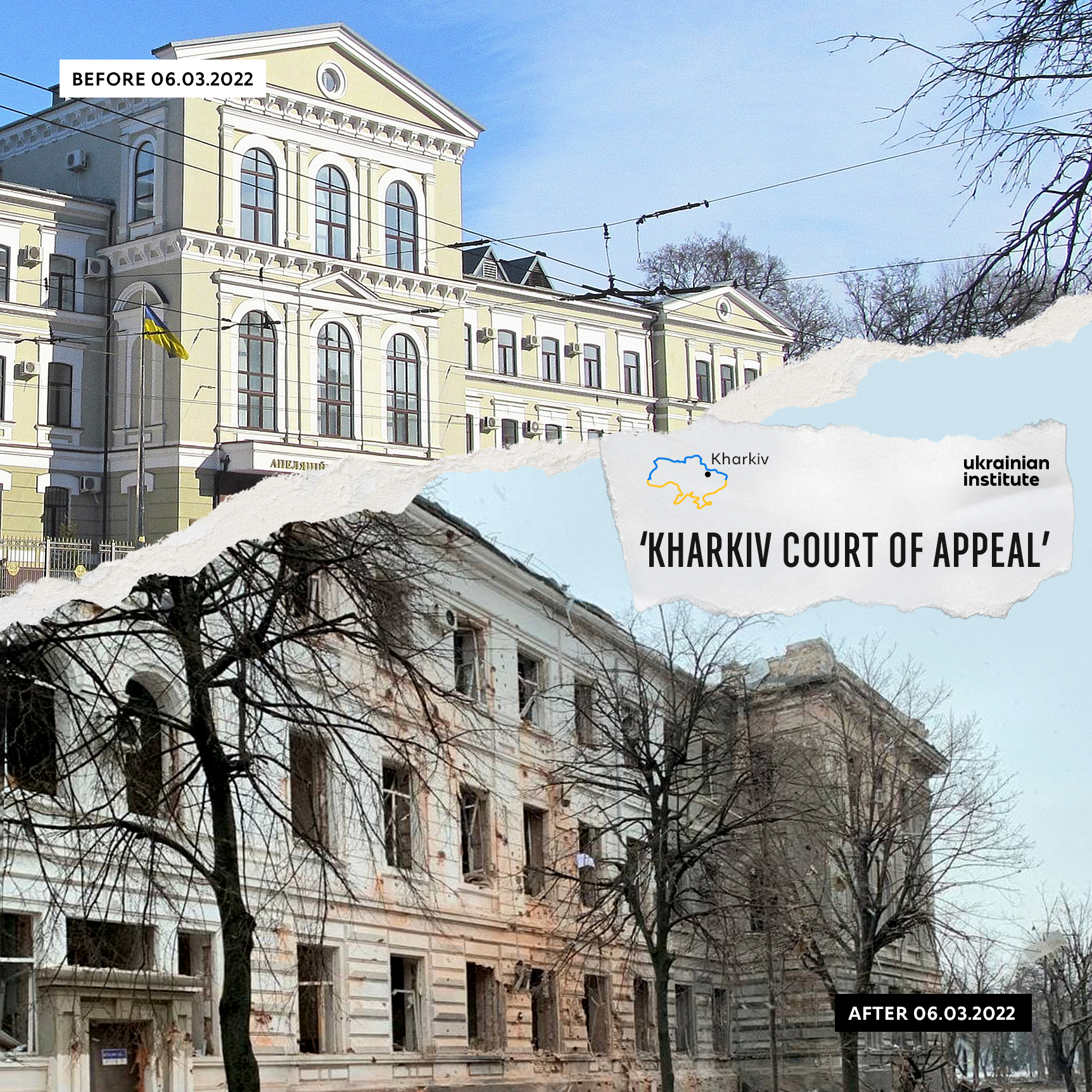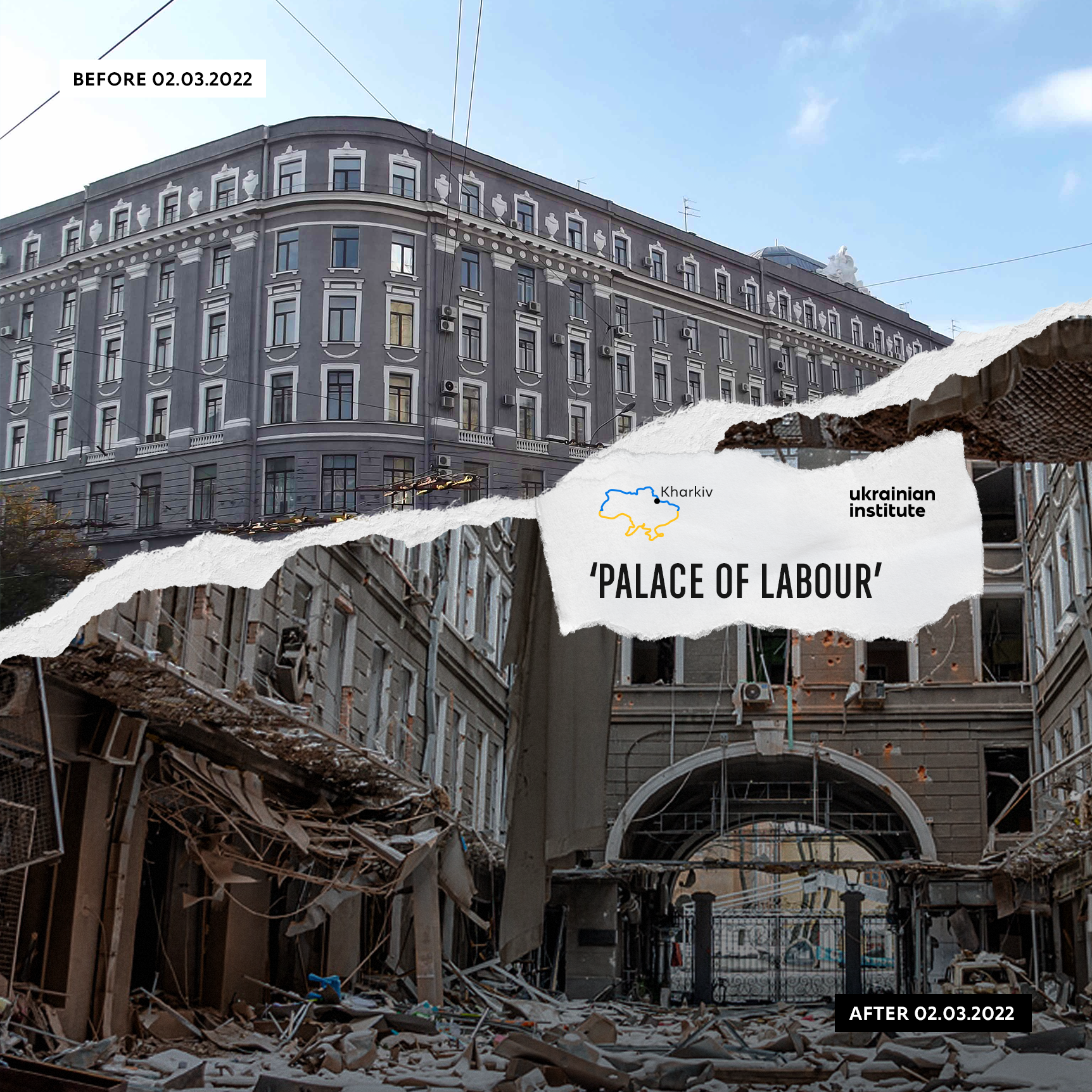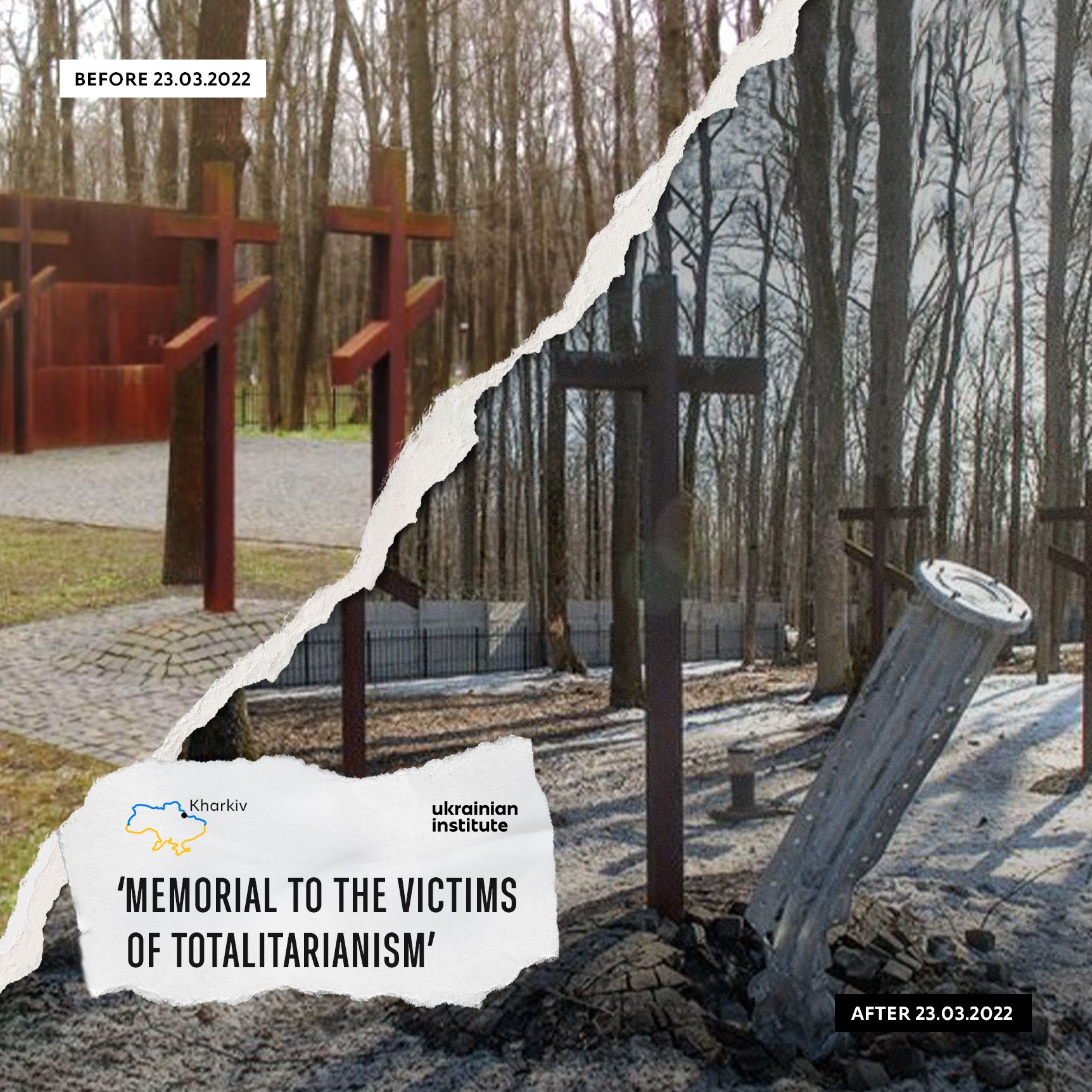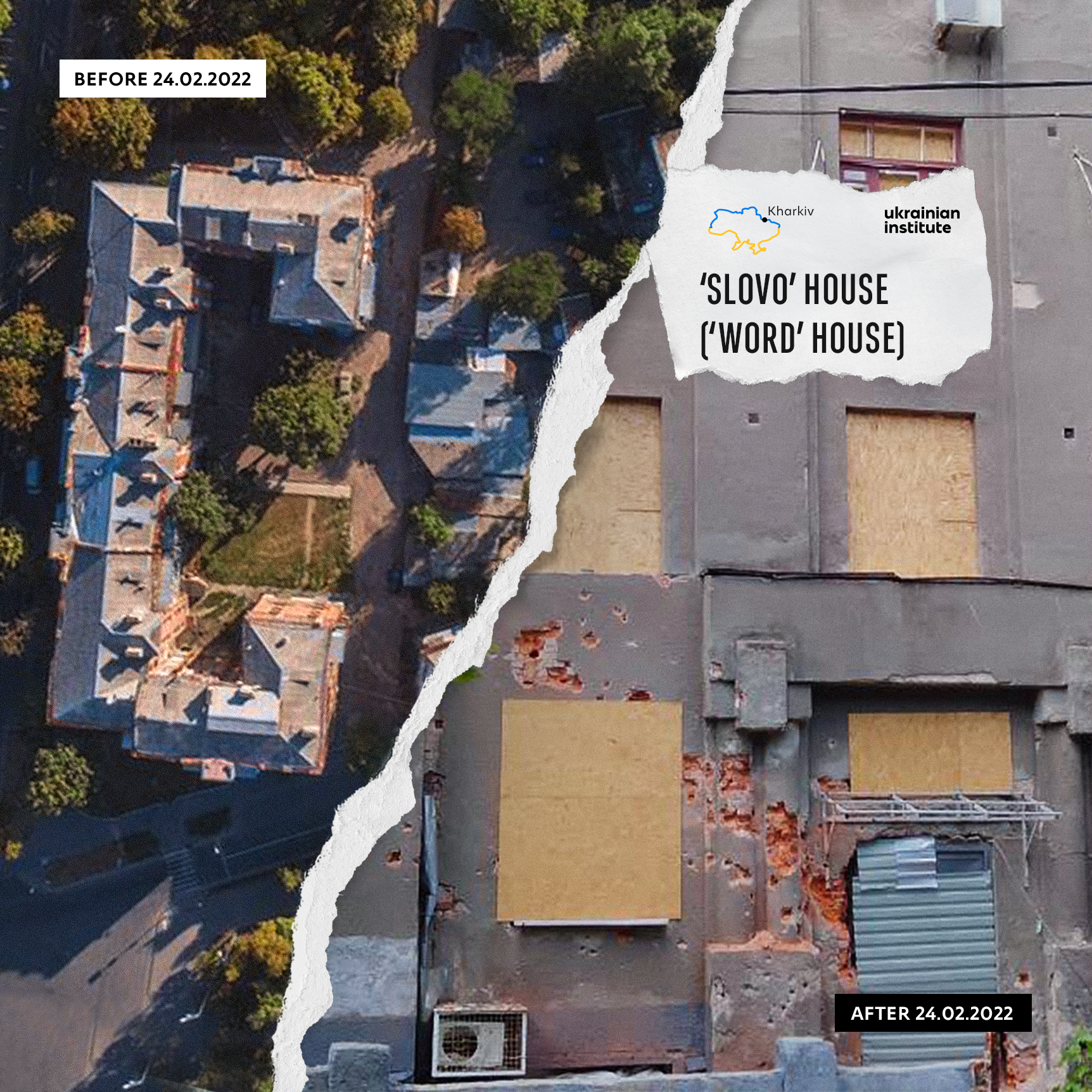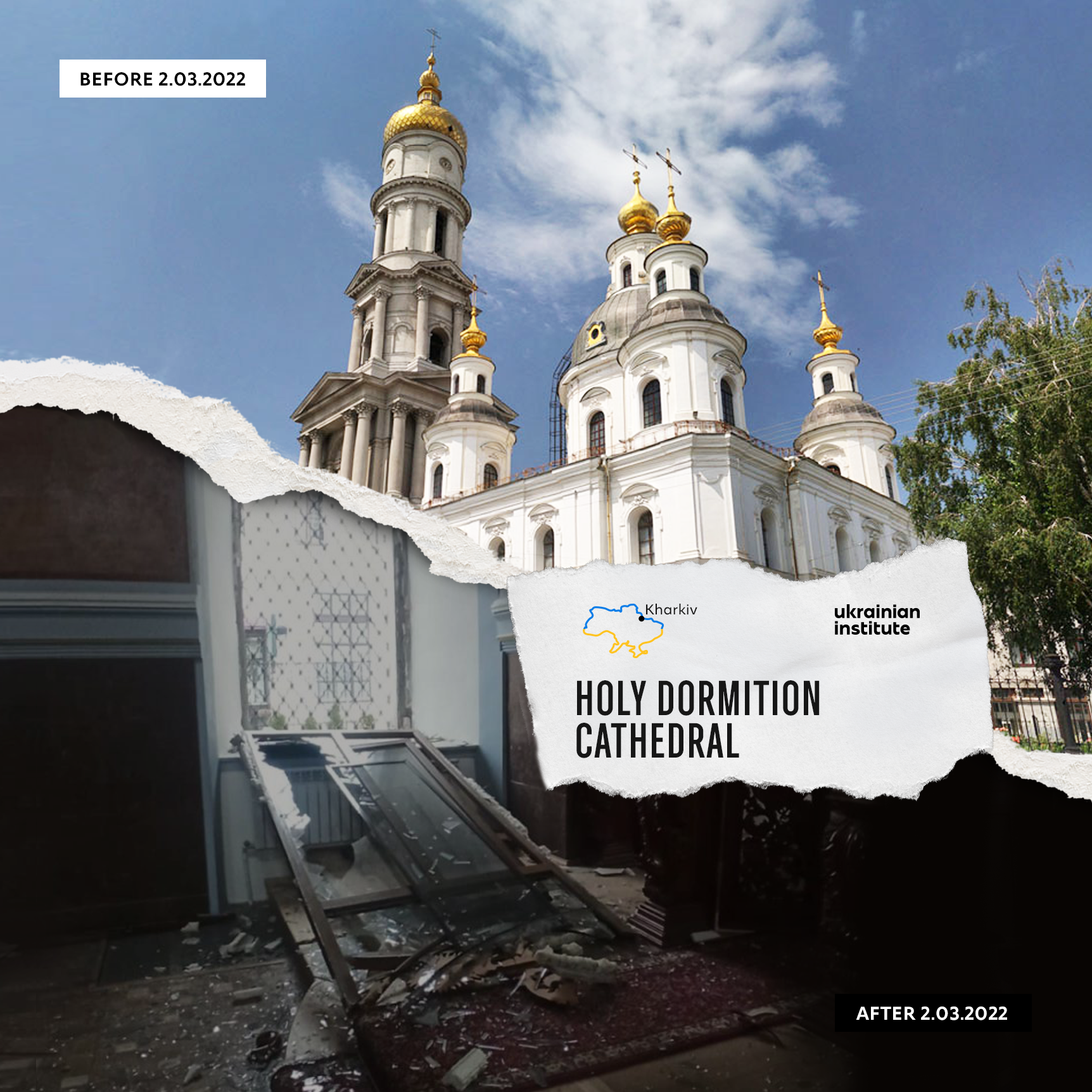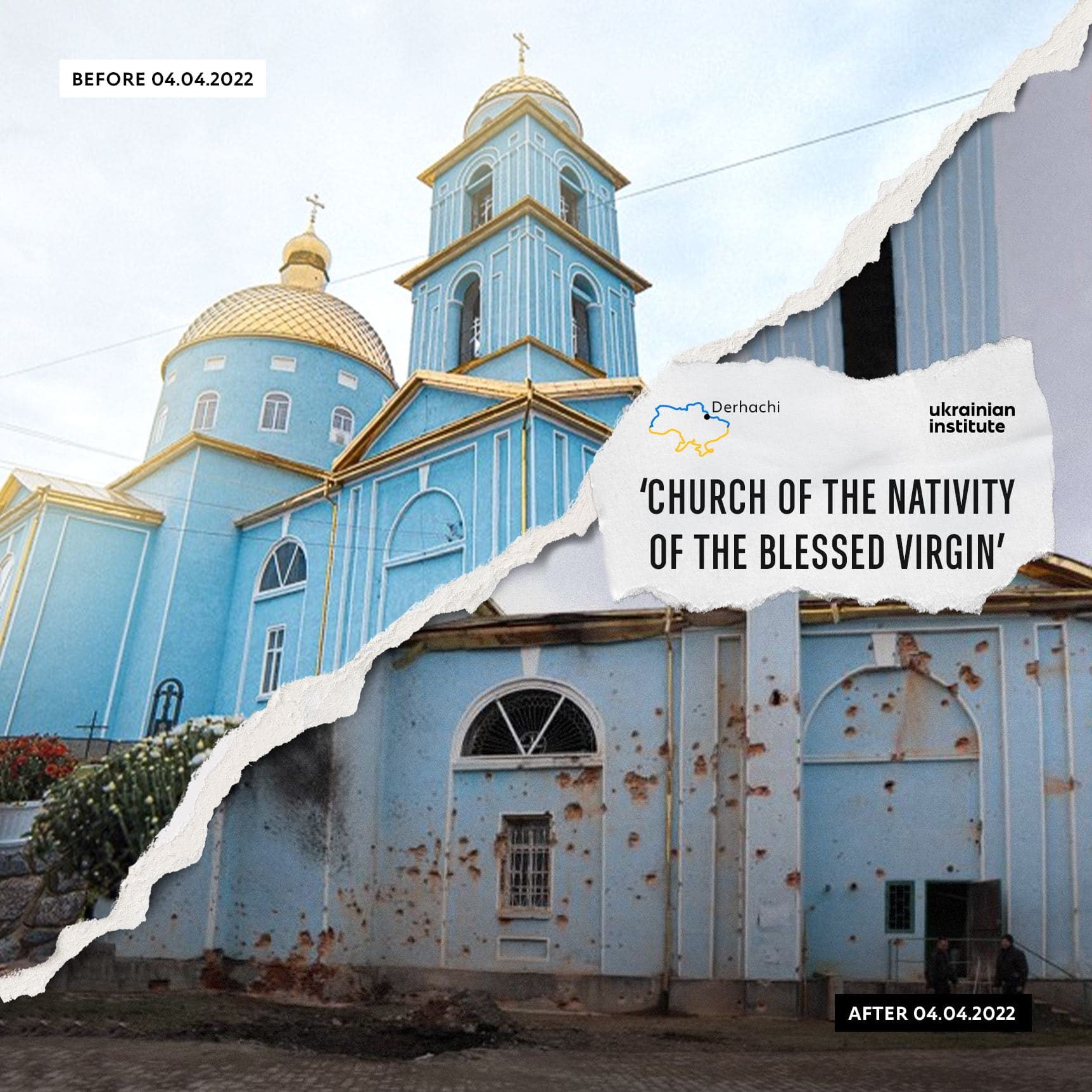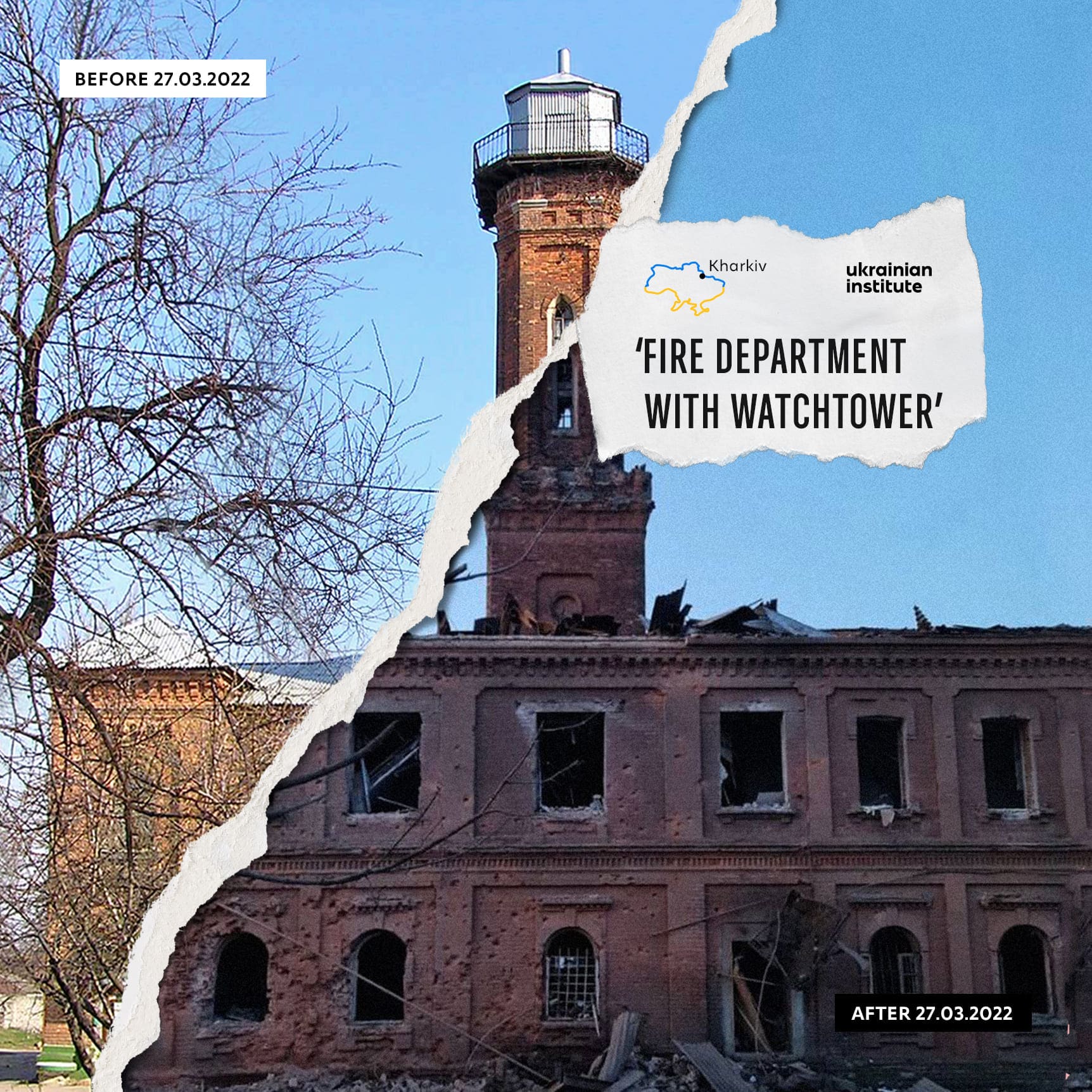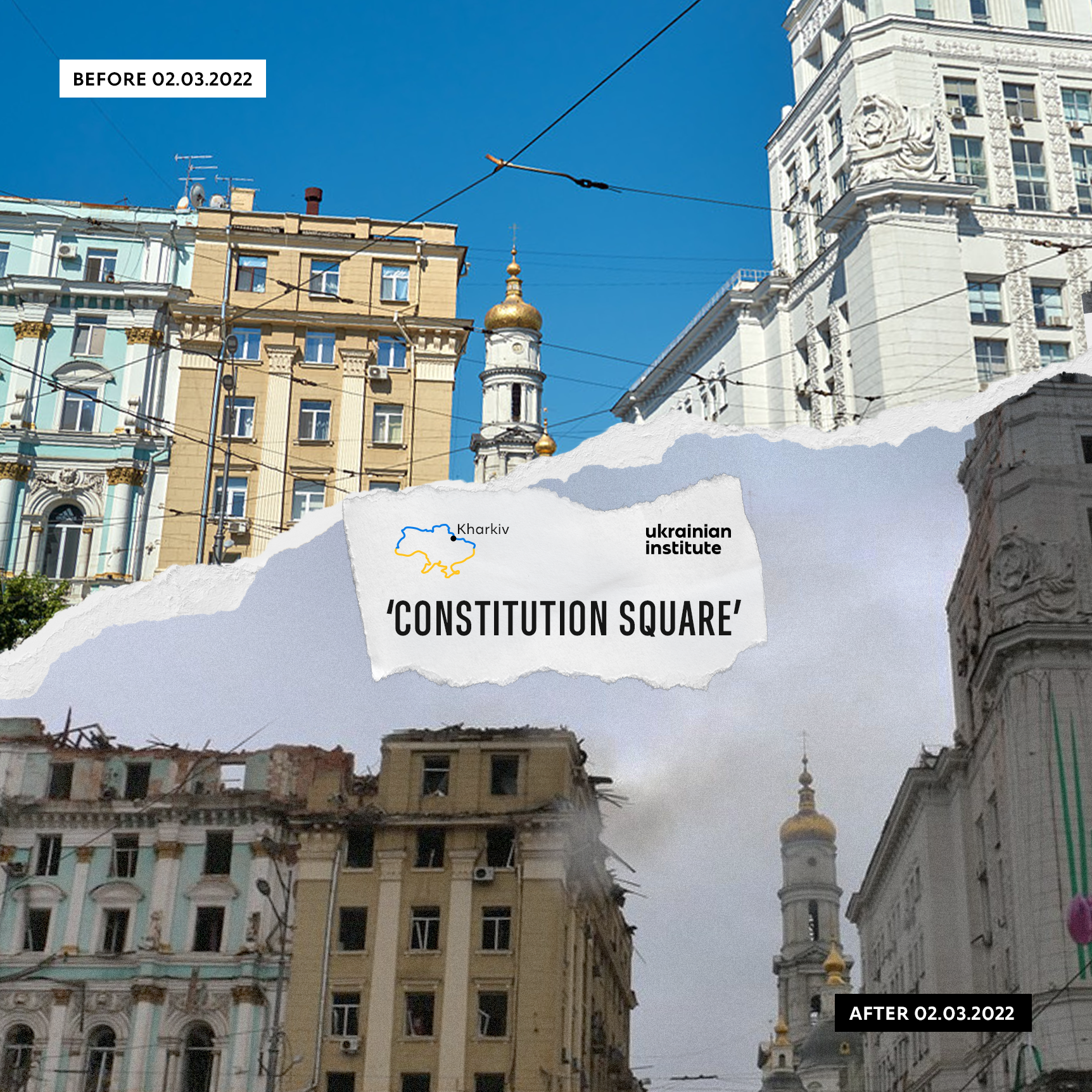
The oldest square in the city. From XVIII to early XX centuries, this place became the centre of the city culture.
Maidan Konstytutsii is the central square of Kharkiv, which emerged with the founding of the city. Almost every building in the square is an architectural and historical monument. It hosts the Kharkiv City Council and other central municipal authorities.
The square dates back to the 17th century, when the Kharkiv fortress was built. Originally a marketplace, the square hosted a large annual fair dedicated to the Feast of the Assumption. In the 18th century, St. Nicholas church was built here, lending its name to the square. During this period, the square became the centre of not only trade but also of the cultural life of the city, with a popular theatre that staged plays here almost daily.
Since the beginning of the 19th century, stone buildings started to emerge on the square. The oldest of them that survived to this day is the Fraternity House of the Dormition Cathedral built in 1849. Gradually, the square became the administrative centre of the city: the building of the City Duma was constructed here in 1885, which still serves its purpose of hosting the Kharkiv City Council. By the end of the century, the square was paved and illuminated with electric street lamps.
The late 19th and early 20th centuries were the time of rapid economic growth in Kharkiv, and most of the historic buildings on the square belonged to that period. In the last years of the Russian Empire, many banks and commercial buildings in Art Nouveau, Neo-Baroque, and Neo-Renaissance styles appeared here.
After Kharkiv became the capital of the Ukrainian Soviet Republic, its architecture turned to Constructivism and later Stalinist Neoclassicism. Many older buildings were either demolished, repurposed or expanded. For example, a large apartment building in the Neoclassical style erected in 1916 and designed by the architect Hyppolite Prétreaus, was turned into a Palace of Labour. The 19th-century City Duma was rebuilt in a Stalinist style with extra floors and a tower added.
The square got its current name in 1996, as Ukraine adopted the Constitution. In 2011, the reconstruction of the square began with the dismantling of the monument commemorating the proclamation of the Soviet power in Ukraine. A new Monument in honour of Ukraine’s Independence was erected in its place and solemnly unveiled on August 22, 2012.
Maidan Konstytutsii has been more than a landmark for Kharkivites. It is a true heart of the city, from which its main arteries diverge, and a place of political and cultural gatherings. It was here that the Kharkiv Euromaidan took place during the Revolution of Dignity in 2013–2014.
With the start of Russia’s full-scale invasion of Ukraine in 2022, Kharkiv became one of the main targets for the invaders. As a result of constant bombing and shelling by Russian troops, Maidan Konstytutsii suffered severe damage. Among the buildings whose facades, roofs, and windows were destroyed or heavily damaged were the former Fraternity House of the Dormition Cathedral (1849) and the former Palace of Labour (1916), both used as administrative buildings; the Kharkiv City Council (1885–1950); and several apartment buildings of the late 19th and early 20th centuries.
Whatever stored the memories may now become a memory itself.

